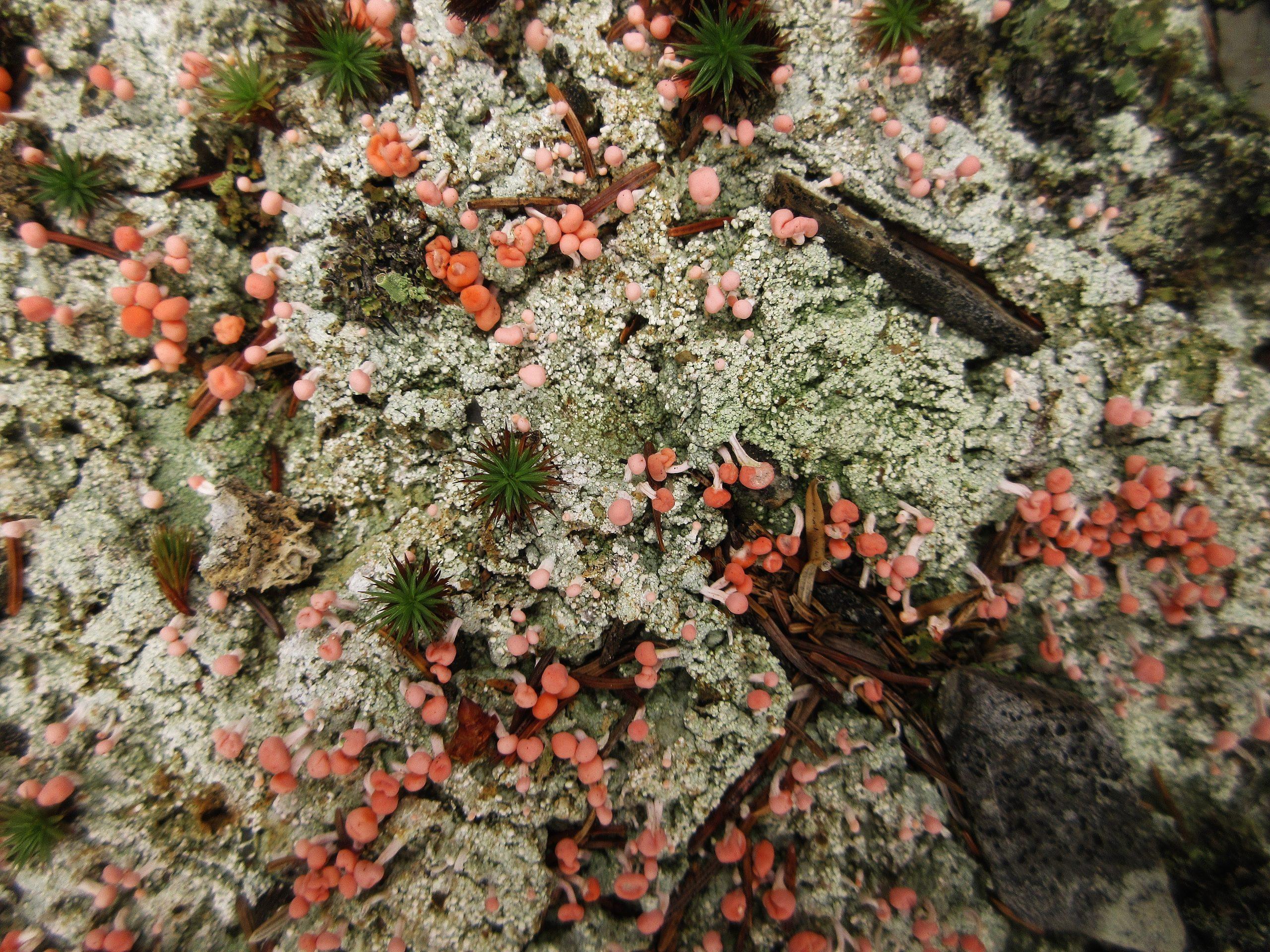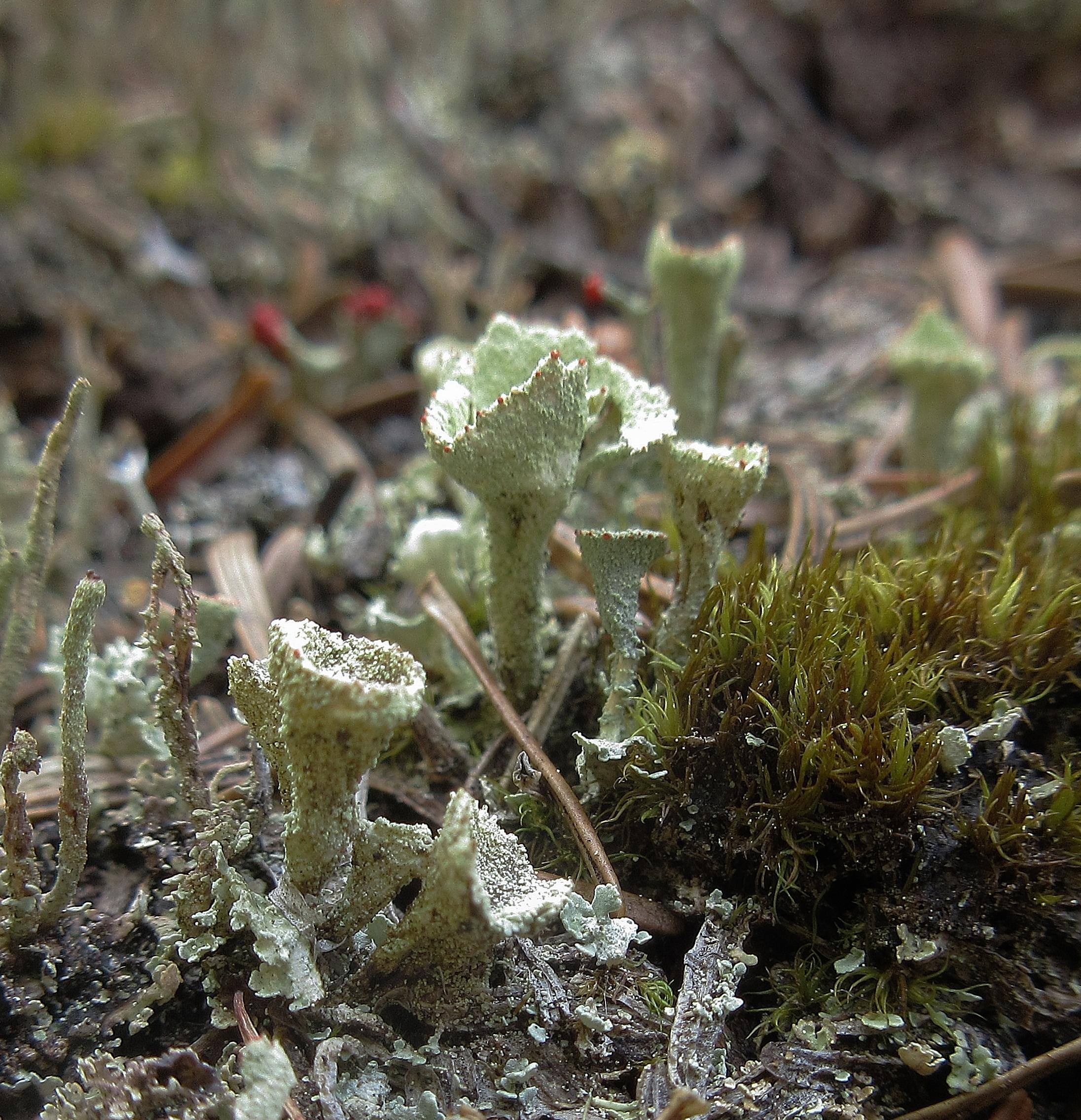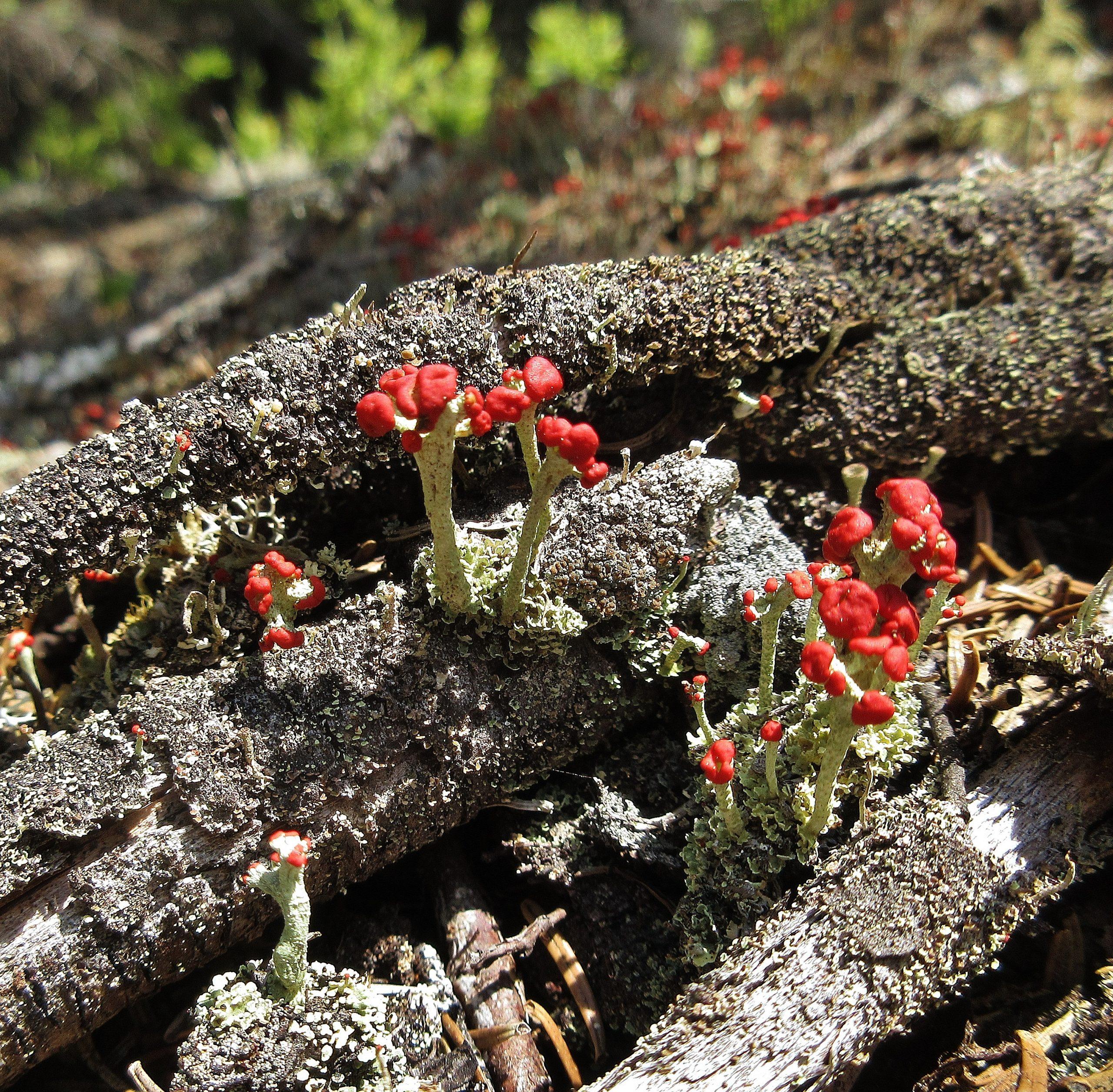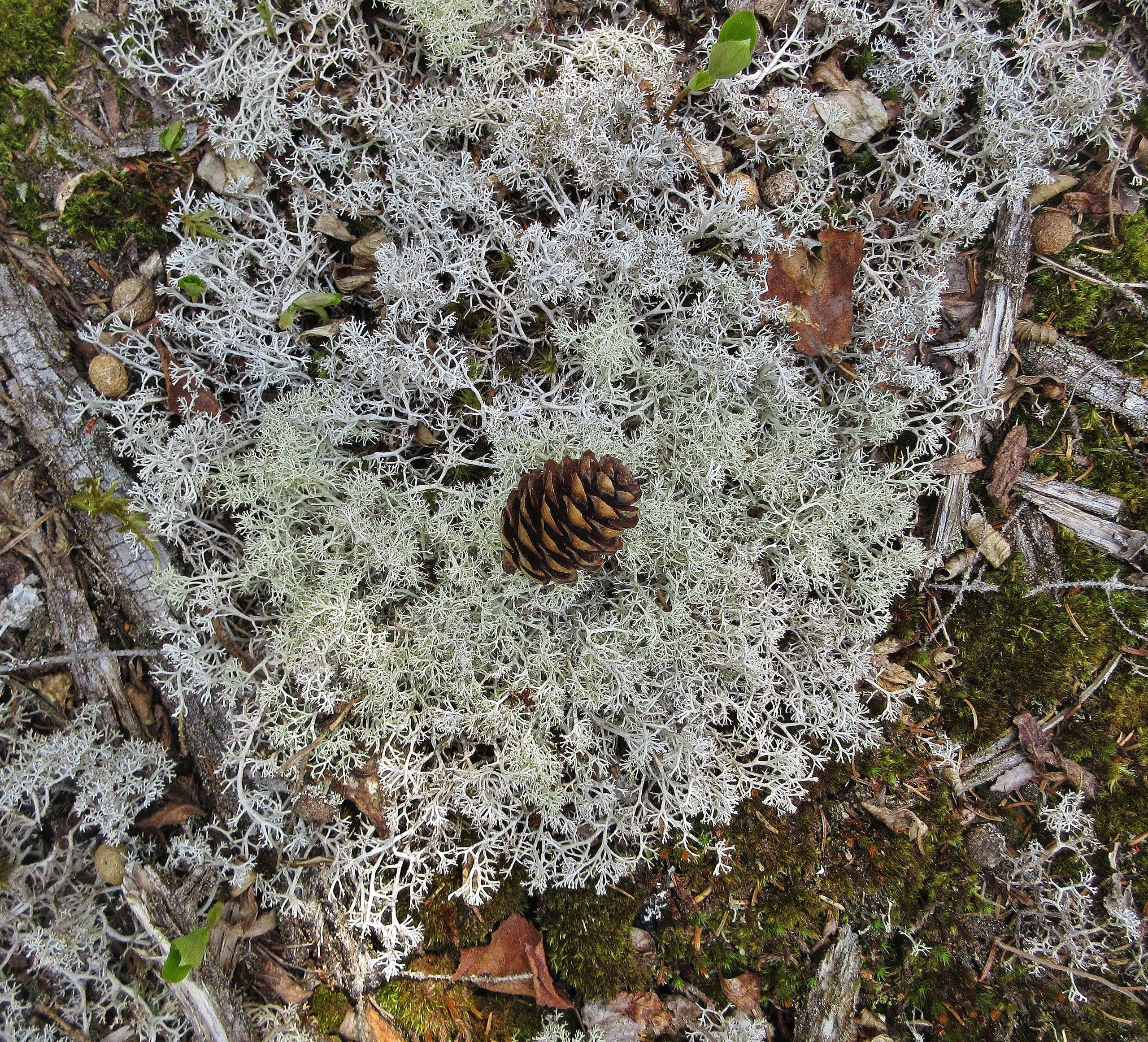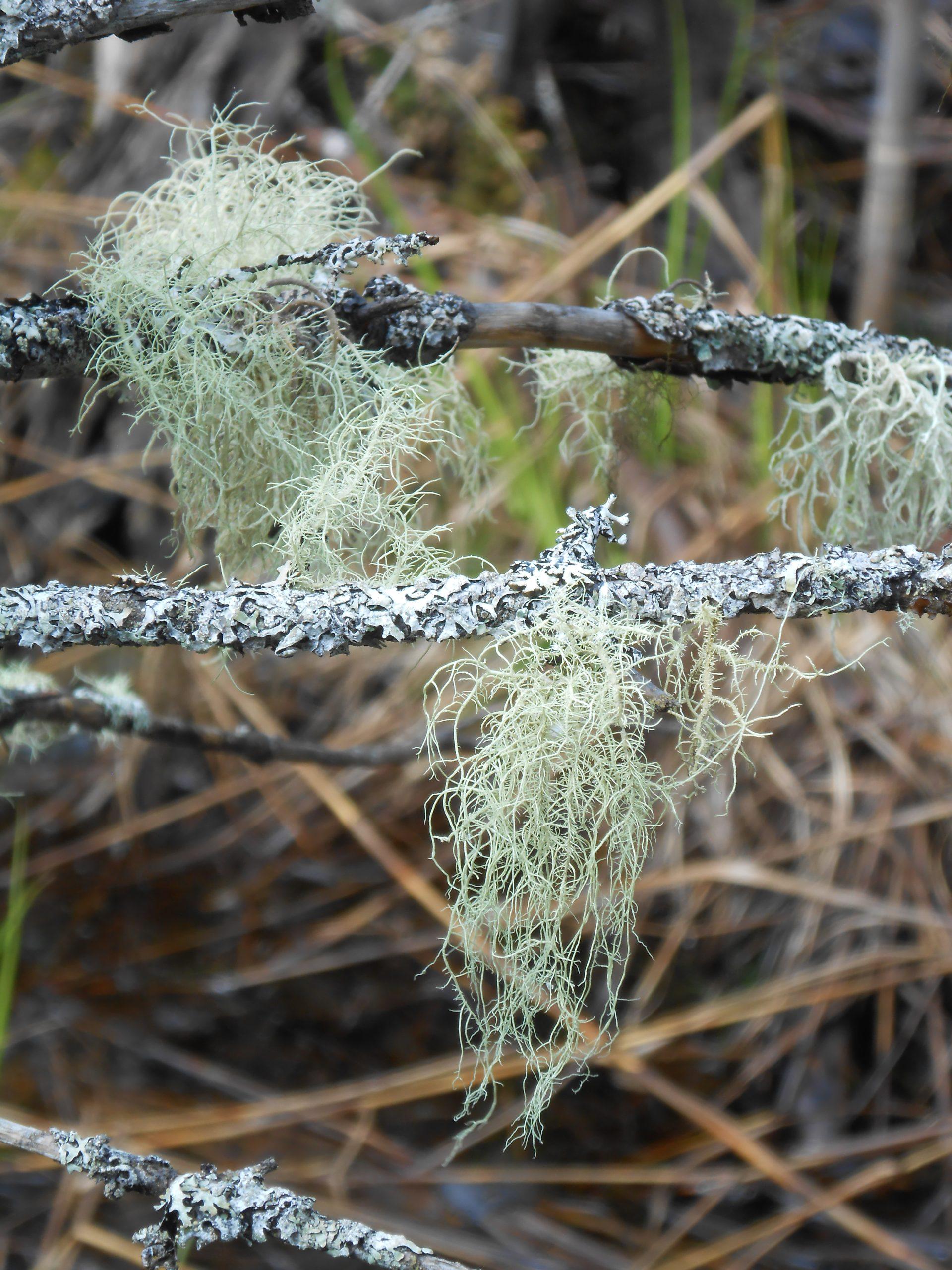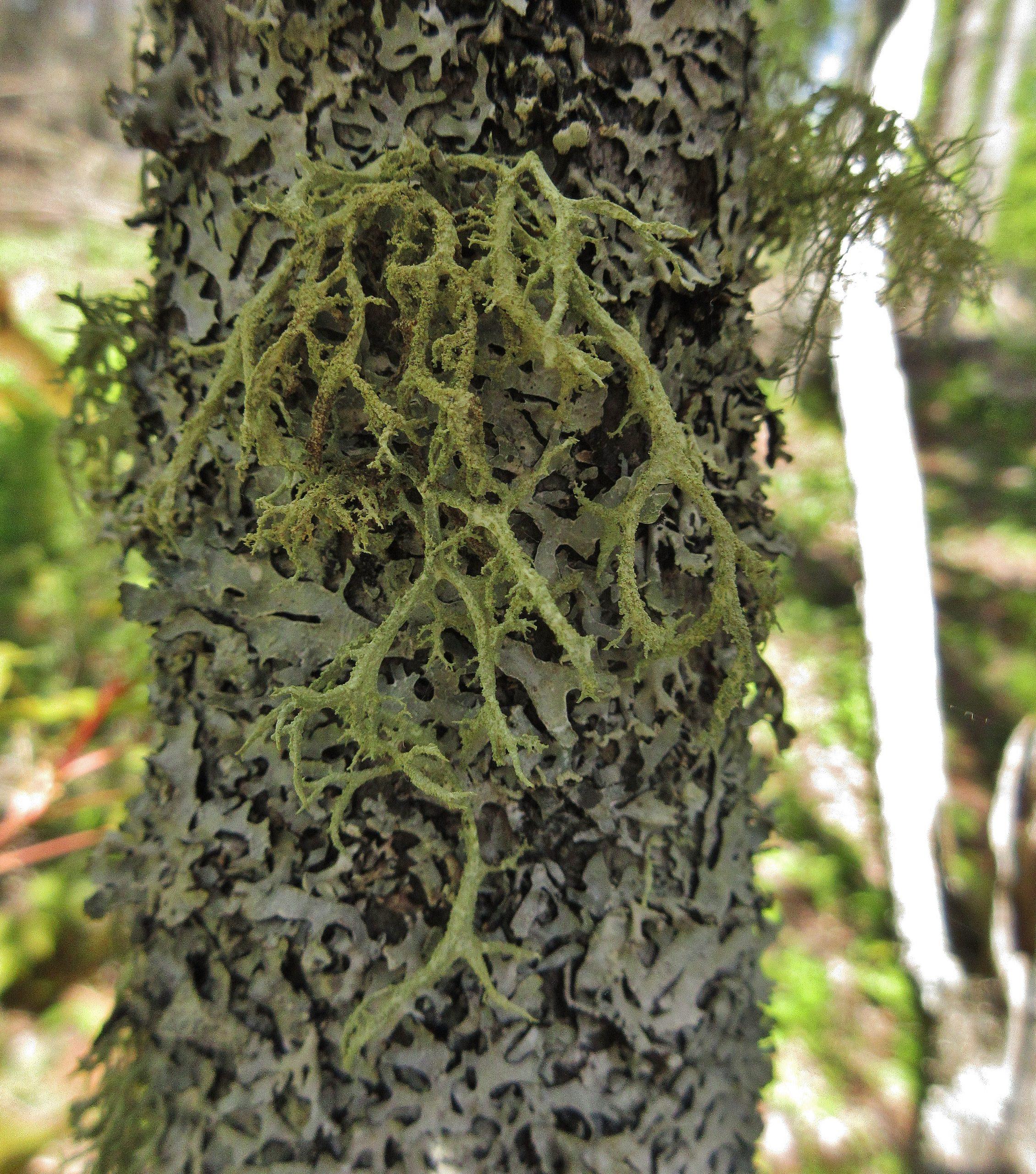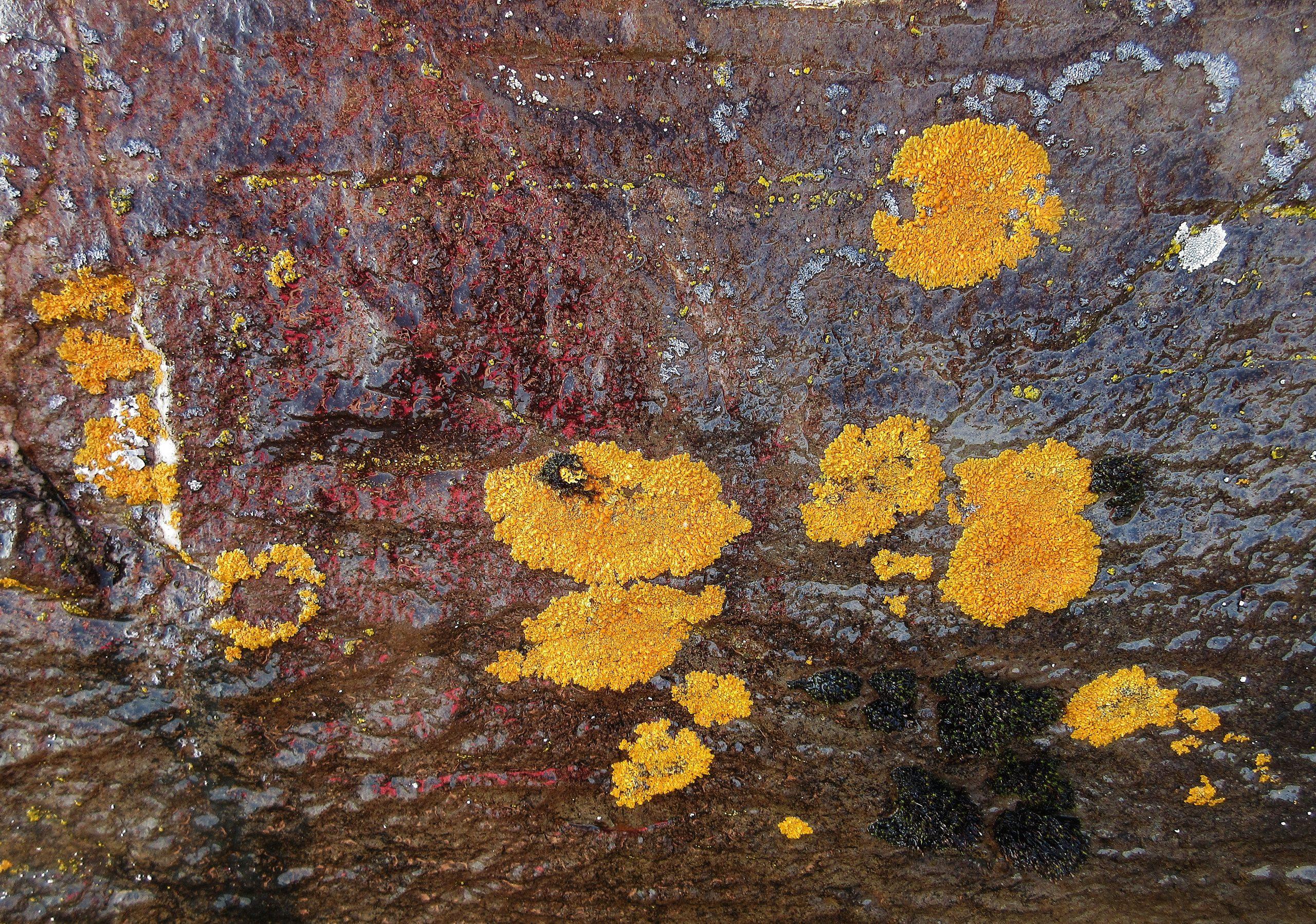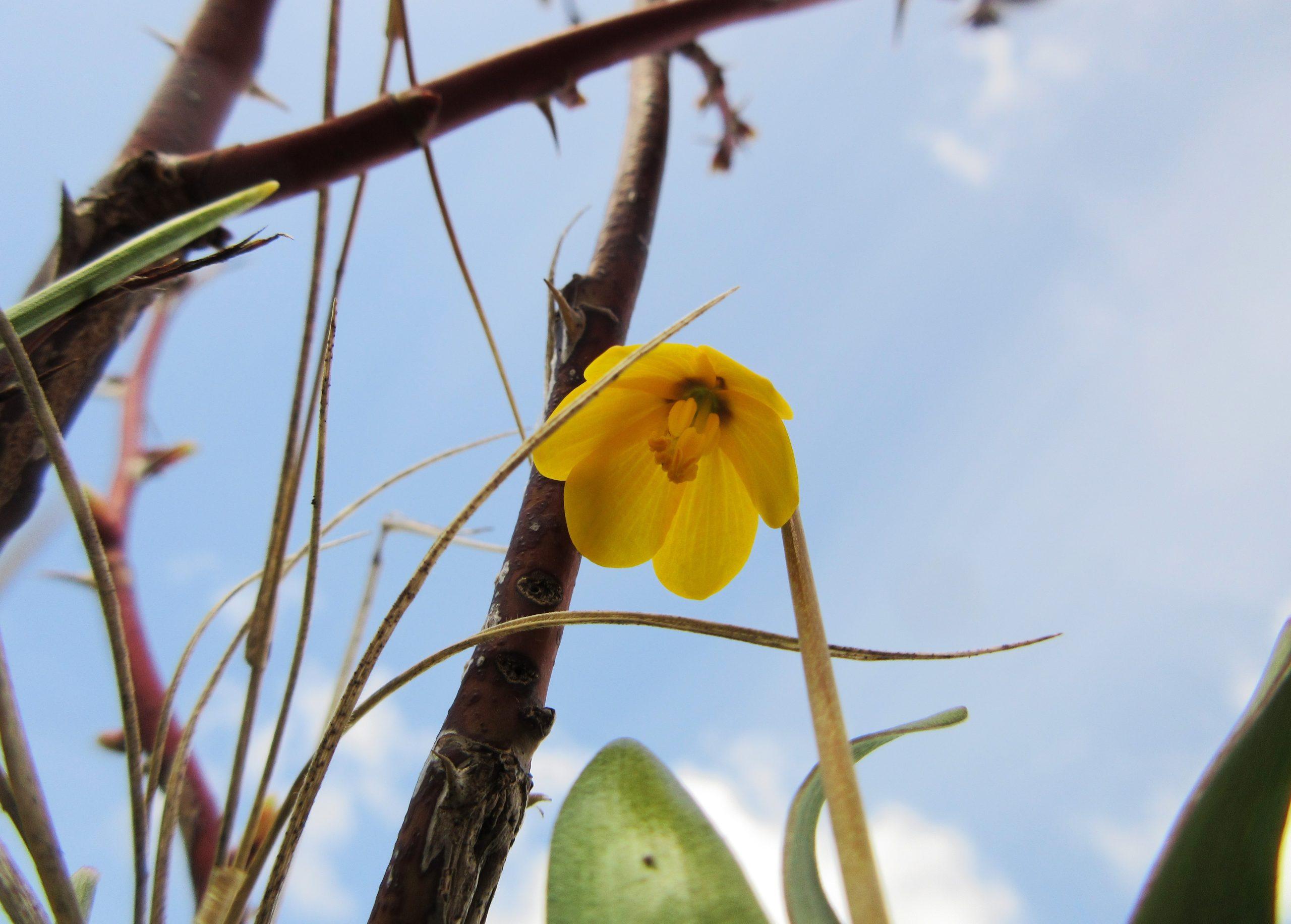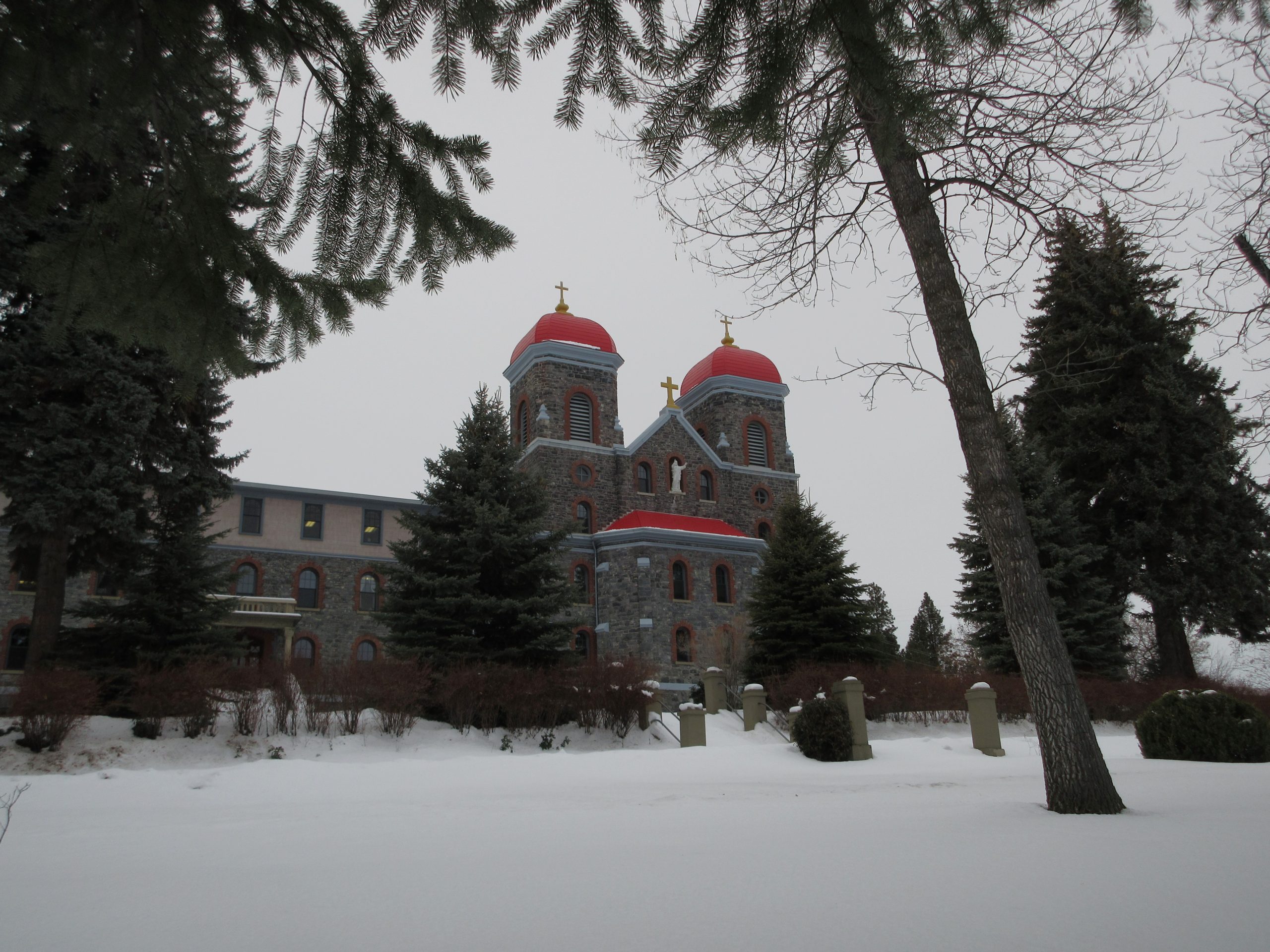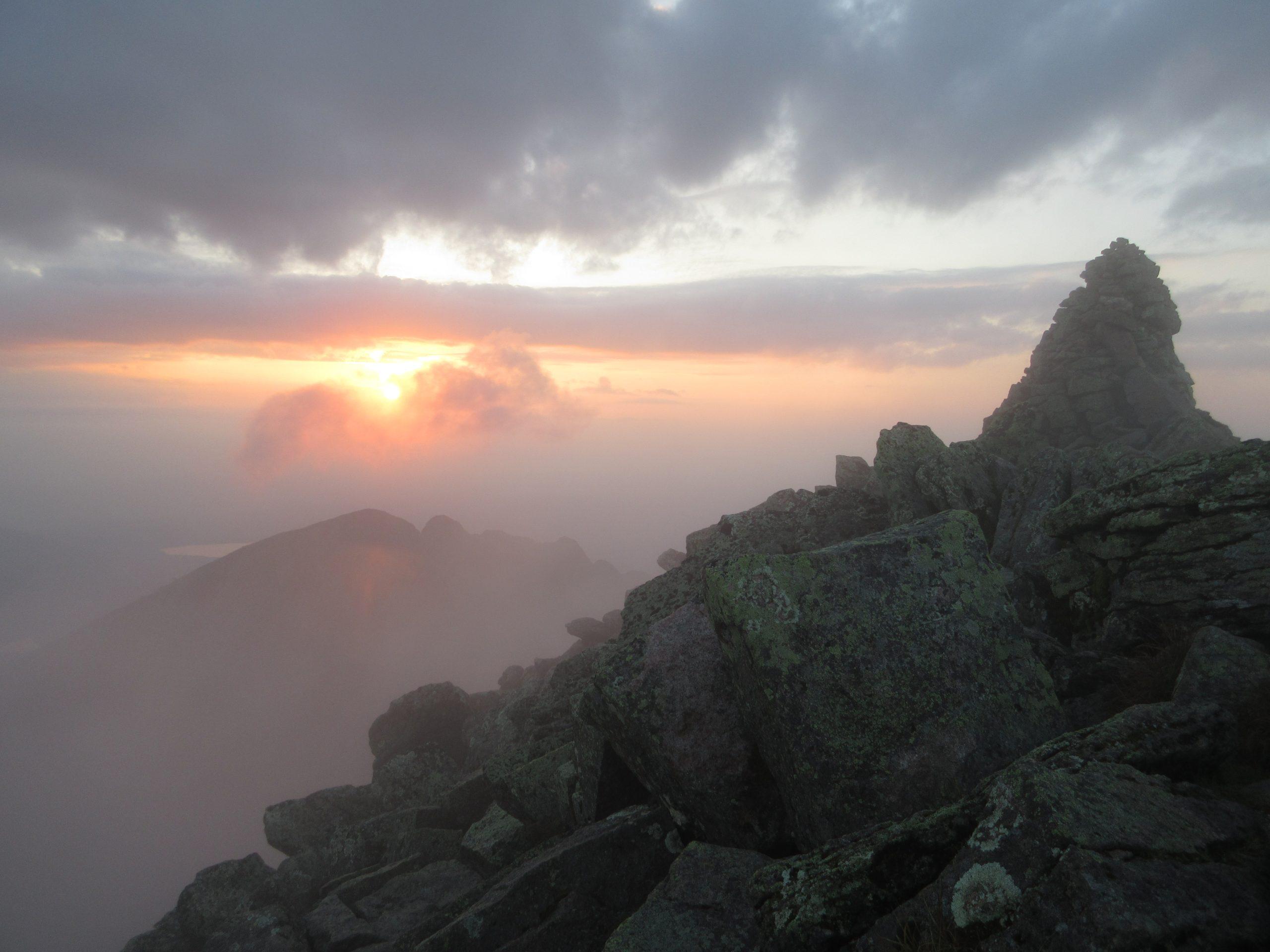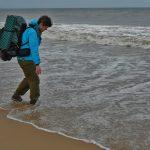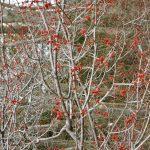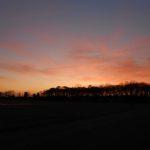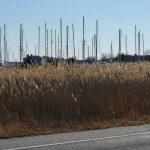My mother and I moved to the Maine Woods in December 2003. It’s hard to believe that twenty years have flown by since then. Twenty years of exploring: traveling hundreds of miles up mountains and down rivers, in hiking boots, by canoe, on snowshoes and skis. Twenty years of getting to know my neighbors: trees, birds, moose, and myriad other creatures—as well as countless people who have generously shared their wisdom and experience, helping me to learn and grow. Twenty years of learning the rhythms of the seasons: from the arrival of the first red-winged blackbirds at the beginning of spring, to the hatching of mayflies in early summer, to the ripening of wild cranberries near the fall equinox, to the musky scent of the urine of male foxes seeking mates in the depths of winter. Twenty years of working in various ways to protect this land that has become my home, through environmental advocacy, guiding, and writing.
In a couple of days, I will be traveling west. I plan to spend the winter at the monastery where I volunteered last spring (if you haven’t seen it, the story of my visit is at https://www.wendyweiger.com/idaho-adventure-saint-gertrudes-monastery-spring-2023/). There, on Idaho’s Camas Prairie, a new land awaits my discovery. I look forward to the path ahead, but, at the same time, I’m cherishing these last days before my departure, as the Maine Woods transition into winter.
Winter is a strong contender for my favorite season. In my childhood home in Maryland, there was never enough cold or snow to suit me. The promise of real winters was a major factor in my move to Maine. I find austere beauty in stark, icy landscapes, and I revel in rising to the challenges of snow and cold. Over the past two decades, I’ve mourned as I’ve watched the gradual attenuation of the season’s fierceness by our warming climate.
I’m very glad I had the opportunity for a wintry trek to say goodbye to my cabin on First Roach Pond. The day before Thanksgiving, a snowstorm blanketed the previously bare ground. I monitored the depth of the accumulating flakes, assessing whether I would be able to drive over unplowed gravel roads to my off-grid home. By the end of the day, the answer was no. I was paradoxically grateful that I would need to backpack three-plus miles from the nearest plowed road. To me, those miles feel like a buffer between the din of the mainstream world and the peace of the woods.
On Thanksgiving Day, I devoured a bountiful feast at a Congregational church in the town of Dover-Foxcroft. The turkey, stuffing, squash, and pie made tasty fuel for my upcoming hike. From there, it was about an hour and a half drive north to the end of the plowed roads. I needed to stop en route at my rental in Monson—near the hiker visitor center I manage May-October for the Appalachian Trail Conservancy—to pack supplies and don my “winter armor” of Gore-Tex, fleece, and merino wool. So it was long after dark when I finally strapped on my snowshoes, hoisted my pack, and set off on the trail, my headlamp illuminating the path before me.
Each walk through the woods offers gifts unique to the season. In winter and early spring, tracks in the snow tells tales of animal comings and goings. On this trip, I saw the prints of moose and deer, coyote, snowshoe hare, red squirrel, grouse, and mice or voles. This is one reason I never feel alone, even when I’m the only human for miles around. I know I’m surrounded by my fellow creatures, going about their daily lives as they forage or hunt for food, mate, and raise their young.
When I reached the refuge of my sturdy little cabin, the first order of business was to light my oil and propane lamps and get my woodstove going. If there is any earthly pleasure greater than sitting in a rocker on a dark, cold evening, basking in the warmth of a cozy fire and the golden glow of lamplight, I’m not sure what it is.
The following day was one of pre-nostalgia. I walked along my shore, gazing over a slate-gray lake, whipped by a brisk wind into whitecaps, toward mountains that evoked fond memories of past hikes. Number Four, perhaps named after a logging camp that once sat at its base, rises to the south. To get the full view from the top, hikers must scramble forty or so feet up an exposed ladder on an old-fashioned fire watchtower, once topped by a wooden cab that blew off long ago. The White Cap range rises to the east; the Hundred Mile Wilderness section of the Appalachian Trail runs along its ridgeline. I’ve night-hiked up White Cap several times to watch the sunrise from its summit.
I visited the Leaning Birch, where my mother’s ashes were scattered ten summers ago. She and I watched many a sunset from a bench at its base. Its white trunk is a marker that guides me home when I cross the ice to my cabin in the coldest days of winter. (For the full story of this tree, see https://www.wendyweiger.com/leaning-birch/.) I paused at Iris Cove, which I named for the flowers that bloom there in July. In summer and early fall, this is where I gather wild mint for tea.
On this pre-departure day, the familiar chores that are the daily constants of survival in the woods felt comforting to me. No matter what else may be going on in my life or the wider world, I need water to drink and warmth to withstand the cold. I pumped water by hand into pails that I hauled back to my cabin and split wood to keep my home fire burning.
Over twenty years of roaming with open mind and heart and senses, I’ve learned that the Maine Woods are full of wonders that multiply the more deeply I look. I could spend a full year studying any given square mile and still not uncover all its secrets. Nature is infinitely creative. Life manifests in endlessly varied forms.
For several years, as I’ve wandered the woods near my cabin, I’ve been capturing images of lichens, which I’ve saved in a folder on my computer desktop. Perhaps now is the time to share a few of them.
Lichens are everywhere in the Maine Woods, in an astonishing diversity of forms, but they often escape our notice. They are symbiotic organisms, in which an alga or cyanobacterium partners with a fungus. The fungus provides a structure that serves as a home for the alga, which in turn provides food for the fungus through photosynthesis.
I found all the following lichens within a few minutes’ walk from my cabin. To me, they are an affirmation of Thoreau’s assertion that “Nature is full of genius, full of the divinity; so that not a snowflake—or in this case, a lichen—escapes its fashioning hand.”
I will keep you posted as my Idaho adventure unfolds. In the meantime, I encourage you to step outside, wherever you may be, and discover your own wonders!
